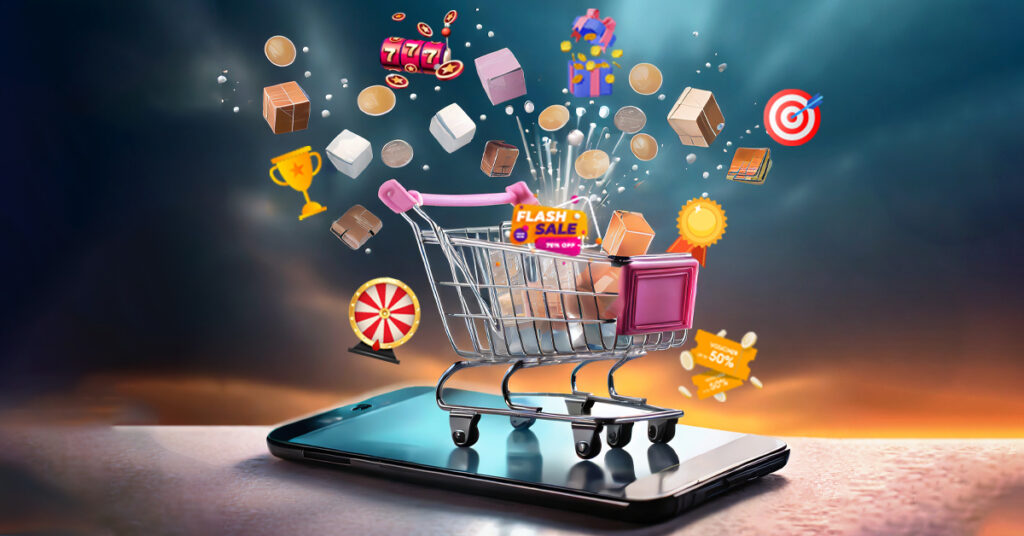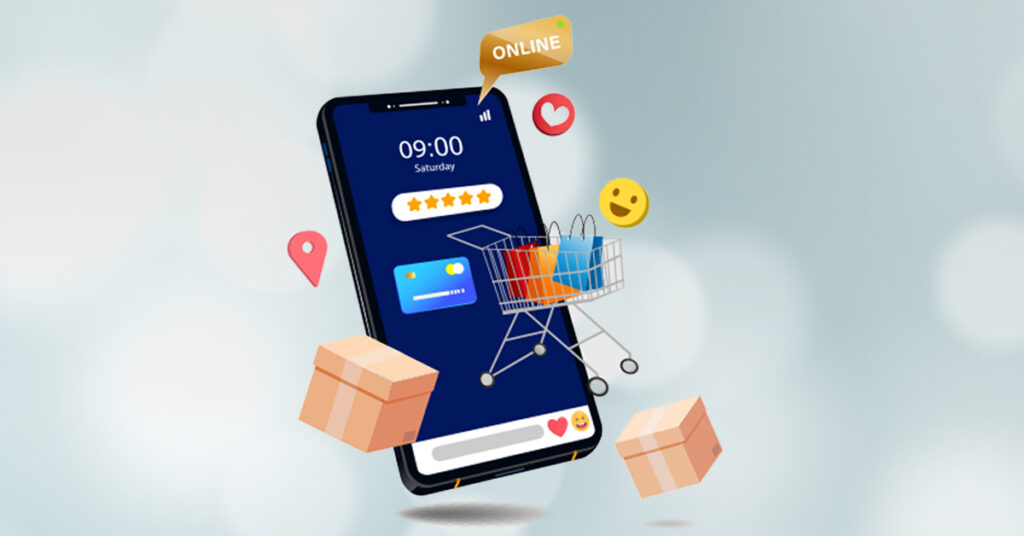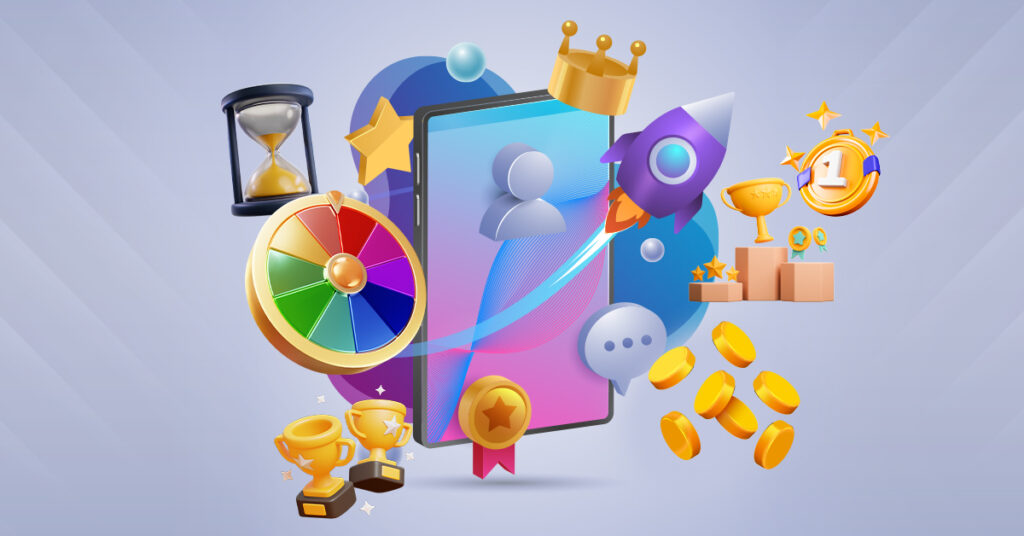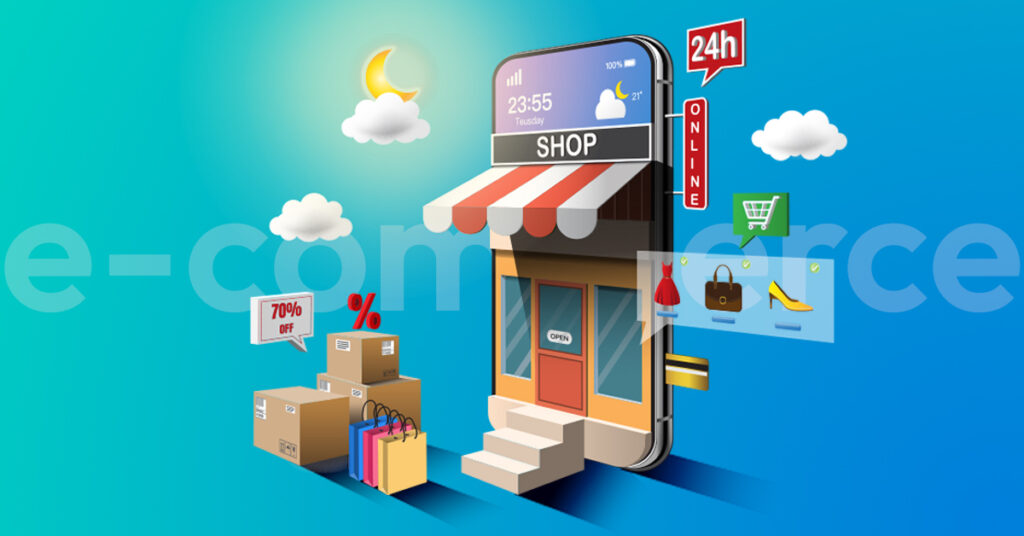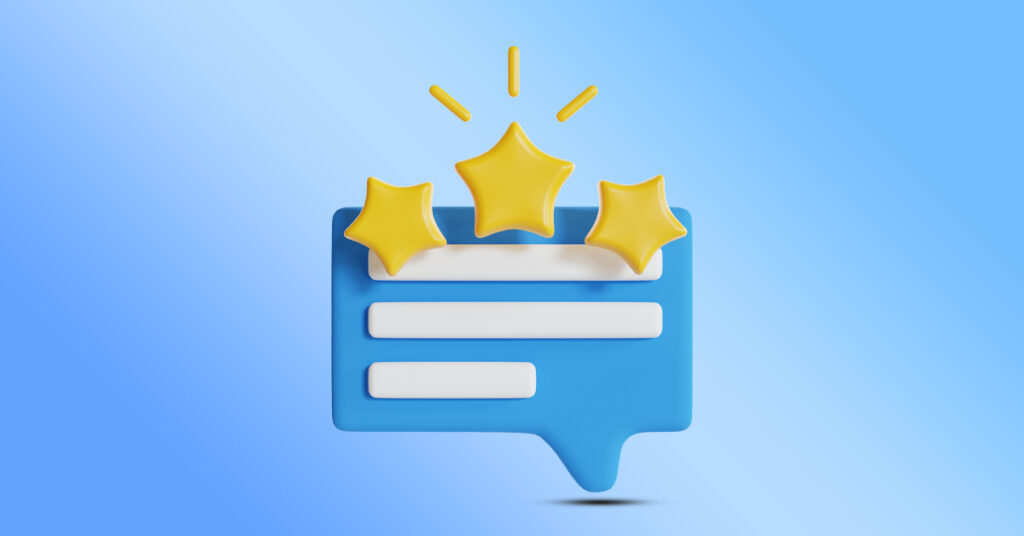It was a busy day at Clark’s office. The festive season was around the corner, and the boardroom seemed brighter that day as four minds glowed with various ideas.
Sam, the leader along with team members Tom, Jean, and Lara, set a discussion context on how they can increase their e-commerce store sales during the festive season.
The brainstorming session started on a great note, but suddenly, only three remained in the room!
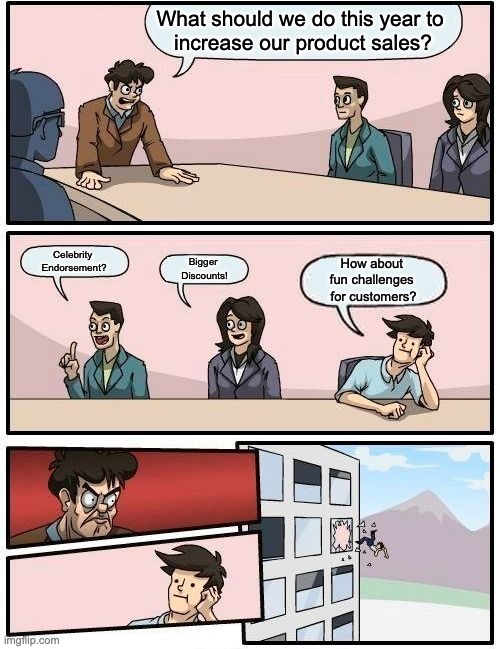
It was a busy day at Clark’s office. The festive season was around the corner, and the boardroom seemed brighter that day as four minds glowed with various ideas.
Sam, the leader along with team members Tom, Jean, and Lara, set a discussion context on how they can increase their e-commerce store sales during the festive season.
The brainstorming session started on a great note, but suddenly, only three remained in the room!
Alright, alright! That was pun intended, but we couldn’t help but think of this meme since most e-commerce businesses rely on a traditional checklist for growing sales.
While promoting discounted products via paid, influencer, and other marketing means are excellent, they mostly lead to high CAC (Customer Acquisition Cost) and low ROAS.
Let’s remember the competition small and medium e-commerce brands face from giant players running mega sales.
In such scenarios, one solution can be to welcome innovative ways of acquiring, engaging, and retaining customers, and gamification in e-commerce can enable this.
Allied Market Research has projected gamification to be a $95.5 Billion industry by 2030.
Moreover, it has already been adopted and successful for many e-commerce brands.
So successful, that such brands have been able to solve significant e-commerce challenges and grow using some of the most astounding gamification ideas.
Now, we know you all are trying ways to grow your e-commerce sales this festival season, and while you’re at it, we’ve packed some of the best gamification examples as a gift for you.
We hope you have fun unpacking it!
4 Proven Gamification Examples for E-commerce
1. Milestone Referral Program for Signups
One of the essential aspects of any festive marketing campaign is acquiring new customers and increasing sales; referral marketing can do wonders in this regard.
As per Nielsen’s Global Trust in Advertising report, 92% of consumers trust recommendations from friends and family above all other forms of advertising.
However, to reap the benefits of referral marketing, one must turn it into an automated lead-generating mechanism, and that’s where a gamified referral program comes into play.
“What’s a gamified referral program?” — You may wonder, and unlike throwing a definition, we will explain this to you via one of the most successful gamified referral program examples.
In 2012, Harry’s, a men’s grooming and shaving supplies e-commerce company got 100k email signups in 1 week, even before their product launched.
How’d they do it? By offering free products to those who made many successful referrals. Here’s a sample of what it looked like.
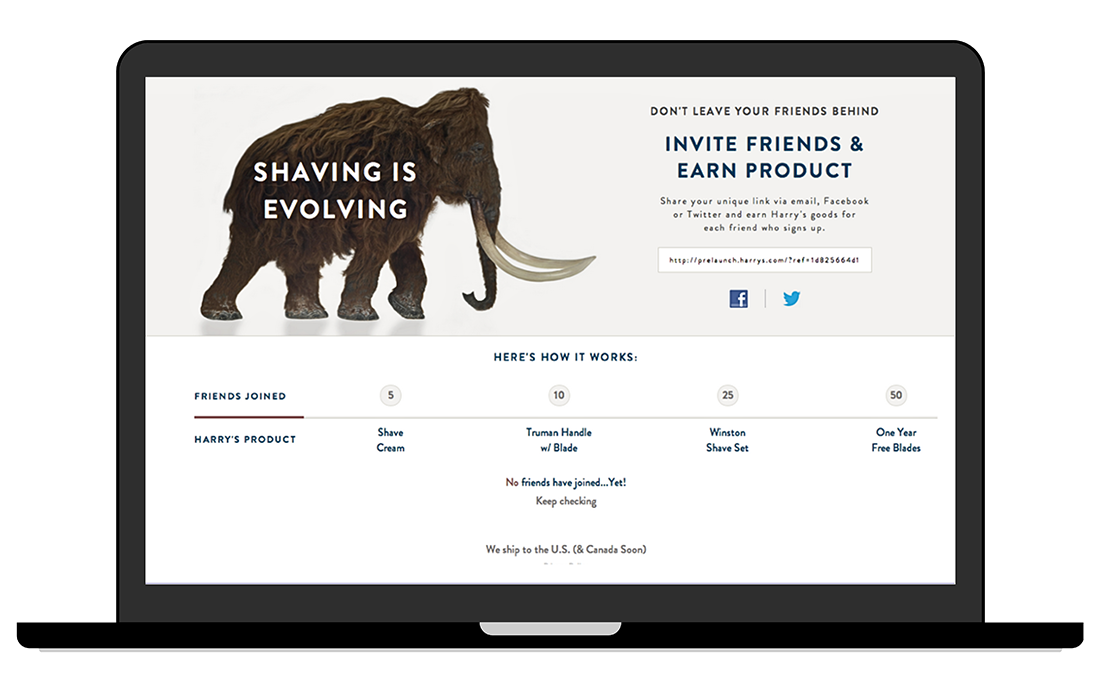
(Disclaimer: This image is for informational purposes only. Opinions or points expressed represent Harry’s views and
don’t necessarily represent the official position or policies of Gamize by OGL.)
As a result, Harry’s milestone referral program went viral. More than 50 successful referrals were made by over 1,500 people, with 77% of total signups coming from referrals.
2. Spin the Wheel for Abandoned Cart
Spin the wheel is the easiest and fastest gamification you can implement for an e-commerce store.
A simple example is to add a spin the wheel game element on your home page and offer discounts to those who engage. Now hold your thought because it only gets better..
Visitors can redeem discounts offered by you after spinning the wheel and sharing their details.
Result? You can use spin the wheel gamification rule to increase
- Your website signups
- Blog subscribers
- Product sales by offering product-specific discounts
- User attention
- Brand offerings awareness
Eventually reducing cart abandonment and increasing AOV (Average Order Value)! Yes, you read that right.
A high AOV = high sales
And D&R Music Book Store, a Turkey-based music and book e-commerce store knows this too well.
During Black Friday 2022, they boosted their AOV and conversions using spin wheel gamification.
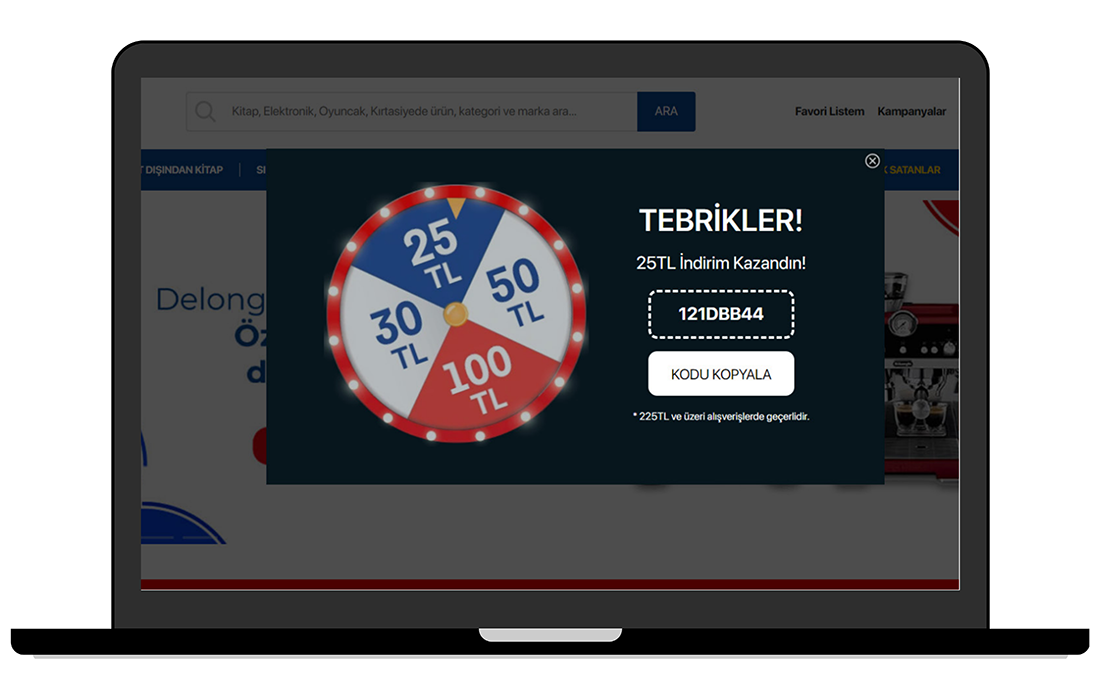
(Disclaimer: This image is for informational purposes only. Opinions or points expressed represent D&R Store’s views
and don’t necessarily represent the official position or policies of Gamize by OGL.)
For this, D&R Music Book Store launched a customized spin wheel as per user segment’s cart value and triggered it based on their real-time cart value.
They took the campaign live during peak hours and saw a 73% and 103% increase in AOV and conversions, respectively.
3. Tiered Loyalty for Conversions
Over 99.9% of customers read reviews when they shop online, and we all know how crucial customer reviews are in an e-commerce space.
But truth be told, gathering customer reviews for a company is easier said than done, as it demands valuable time from a customer. Solution?
Not just asking for reviews at the right moment in a customer’s journey, but making it a worthwhile effort by integrating tiered loyalty programs can help significantly.
A tiered loyalty program is a gamification tactic whereby e-commerce brands can create a win-win situation for themselves and customers by offering rewards for specific actions.
For example, giving milestone-based loyalty points, badges, or special perks in return for writing a review, sharing on social media, referring a friend, etc.
Teleflora, US-based flower delivery e-commerce company adopted a similar gamification strategy and saw a 105% increase in Facebook referrals and a 10x increase in the number of images/videos posted.
Customers could earn points for sharing reviews, comments, and posts on Facebook as part of their loyalty program.
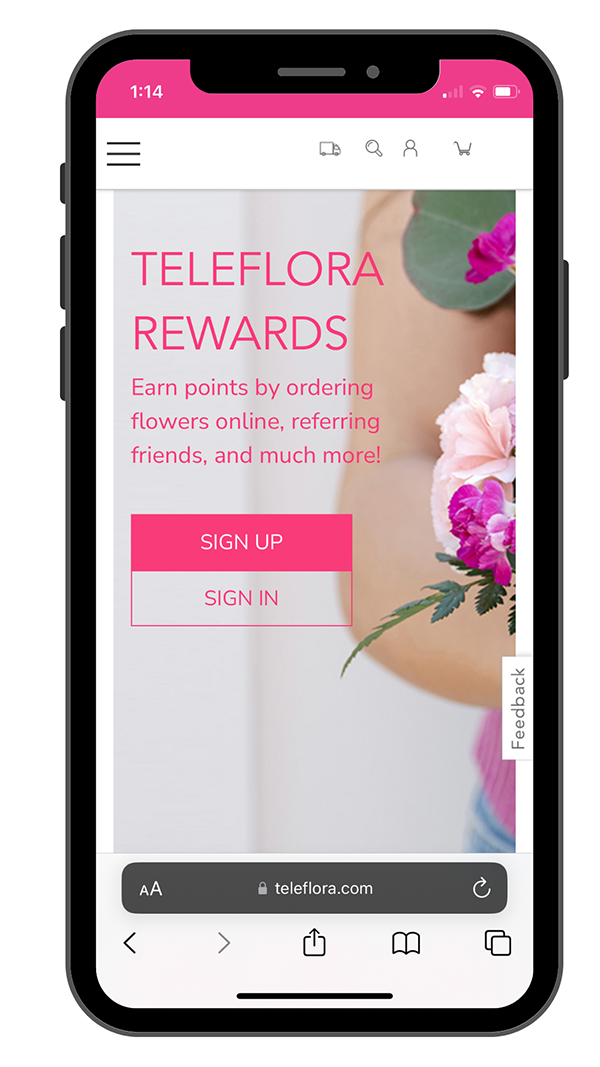
(Disclaimer: This image is for informational purposes only. Opinions or points expressed represent Teleflora’s views
and don’t necessarily represent the official position or policies of Gamize by OGL.)
They even added a competitive touch to it by awarding additional bonus points to customers who first reviewed a product or answered a question in the Q&A section.
The more points customers accumulated, the higher-level badges and titles they received on the Teleflora’s leaderboard, such as “influencer”.
Overall, such gamified engagement helped the flower delivery company’s conversion rate improve by 92%.
4. Games for Engagement
Let’s face it — customers come but also go. One moment, they might end up on your e-commerce website post liking a product they saw on a Facebook or Instagram ad and another moment?
Whoosh! They are gone like the wind.
According to the marketing rule of 7, a potential customer must see a message at least seven times before being provoked to take action.
Now imagine the ad spend and communication required to lead a customer to checkout.
E-commerce gamification, on the other hand, lets you grab a potential customer’s attention and lead them to action sooner.
Once you have it, you can smartly marry your gamification activity with your business objective to increase engagement and conversions. One way to implement this is via contextual games.
Yes, adding games based on your brand, products, or user demographics can motivate a customer to engage with you.
For instance, your website triggers a jigsaw puzzle based on best-selling shoes for Gen Z or the Delhi region.
Casper, A New York-based e-commerce company that sells products for sleep such as mattresses, pillows, bedding etc, has added a puzzles page on their website on sleep and related products.
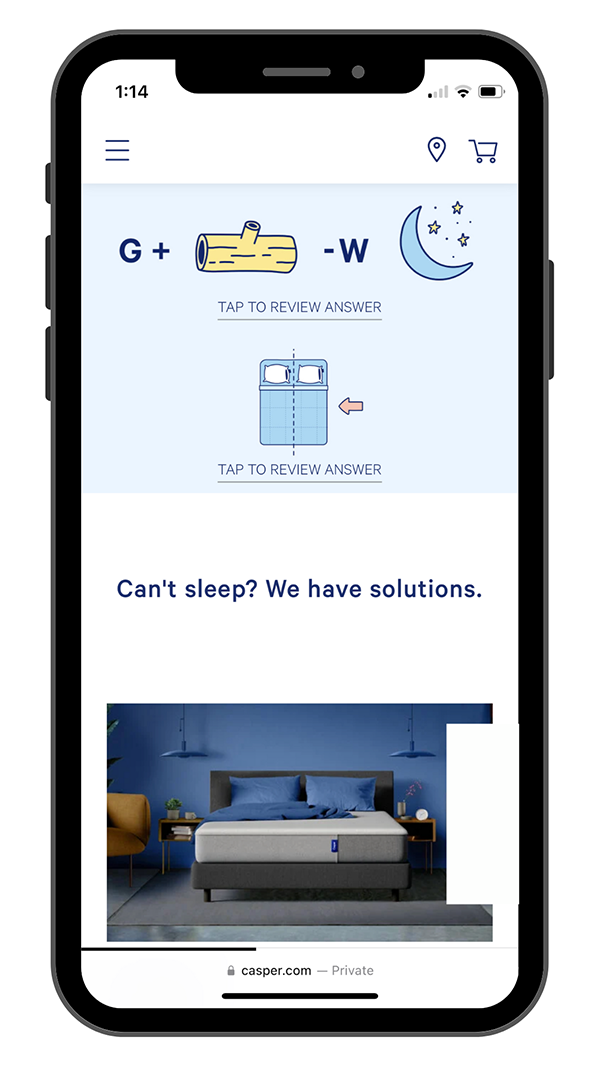
(Disclaimer: This image is for informational purposes only. Opinions or points expressed represent Casper’s views
and don’t necessarily represent the official position or policies of Gamize by OGL.)
Since solving puzzles gives psychological order to humans’ chaos and makes life seem to work better (Marcel Danesi), website visitors are bound to solve them.
By adding puzzles followed by products for sleep on the same page, the billion-dollar mattress start-up Casper, increases its page time, website engagement, and conversion chances.
E-Commerce Gamification is the New Black!
While advertisements may attract potential buyers, driving them to the checkout page isn’t a bed of roses, and that’s where gamification can help.
From spin the wheel to slot machines to games to gamified loyalty rewards, today e-commerce companies are adopting gamification, not as an alternative but as an extension of marketing strategies.
With the above examples, it’s crystal clear that gamification in e-commerce works, but will the same gamification strategies work for you?
How will it look within your e-commerce store? What gamification templates would suit your needs? What are the key trends that capture your consumer interests?
Our SaaS gamification solution, Gamize, has answers to the above questions.

Using our plug-and-play dashboard, you can pick from a wide range of trending templates and go about gamifying your e-commerce store instantly.
Care to learn more? Click here to get in touch with our gamification experts today.

